Plight of the Vulture: Africa’s Biggest Conservation Problem?
Written by Project Manager Coral Lutteridge.
This month we are focussing on Kenya as part of our Wildlife Calendar and Coral had the opportunity to visit the country on a field trip as part of her Conservation and Biodiverity Masters course.
Vultures are a distinctive, keystone species that provide critical ecosystem services. They play a vital role in maintaining healthy ecosystems and limit the spread of zoonotic diseases by cleaning up carcasses and organic waste from the landscape. Unfortunately, we may not think of vultures as the prettiest of animals, but they are arguably one of the most important species.
However, they are the most vulnerable birds in the world. Globally, vulture populations have declined by as much as 97% in the last 50 years. In Africa, Seven of the eleven African vulture species are threatened with extinction. Five of these species have seen declines of as much as 92%. Key threats to populations include:
Poisoning
Habitat loss
Electrical infrastructure
Trade for traditional medicine
Poisoning is the most prevalent threat to vultures, accounting for 60% of deaths. Vultures are either deliberately targeted, or consume bait that has been poisoned with the intention of killing lions or other predators that pose a risk to livestock. Vultures are also often traded for traditional medicine purposes in East and Southern Africa. The decline in populations could have catastrophic consequences for community composition and significantly increase the risk of disease transmission.
However, all is not yet lost. There are things that can be done to mitigate the threats to vulture populations, including:
Increased education; teach farmers and pastoralists how to ethically protect their cattle against large carnivorous predatorsFarmers can build predator-proof bomas/fencing to protect their cattle; suggested to be 91% effective
Reintroductions and captive breeding; although vultures have a slow reproductive rate so this is a slow process
Implementation and enforcement of improved legislation by national governments
In recent years we have witnessed some evidence of species recovery as a result of proactive management and conservation efforts to halt decline. For example, all 15 species of African-Eurasian vultures are now included in the Vulture Multi-species Action Plan, which aims to conserve vultures. Further afield, White-rumped vulture populations are showing signs of recovery in Nepal. Their recovery is thought to be attributed to the banning of substances often used as poison and the implementation of a Vulture Safe Zone (VSZ).
Ultimately, continuous loss of African vultures could have a devastating impact on the entire African ecosystem. But there are solutions to tackle the problem; increasing awareness, implementation of legislation and, with the help of other charities spotlighting the issue (e.g. BirdLife), we have a chance to prevent their extinction.
If you would like to learn about other endangered animals around the world, please visit our Wildlife Calendar.


